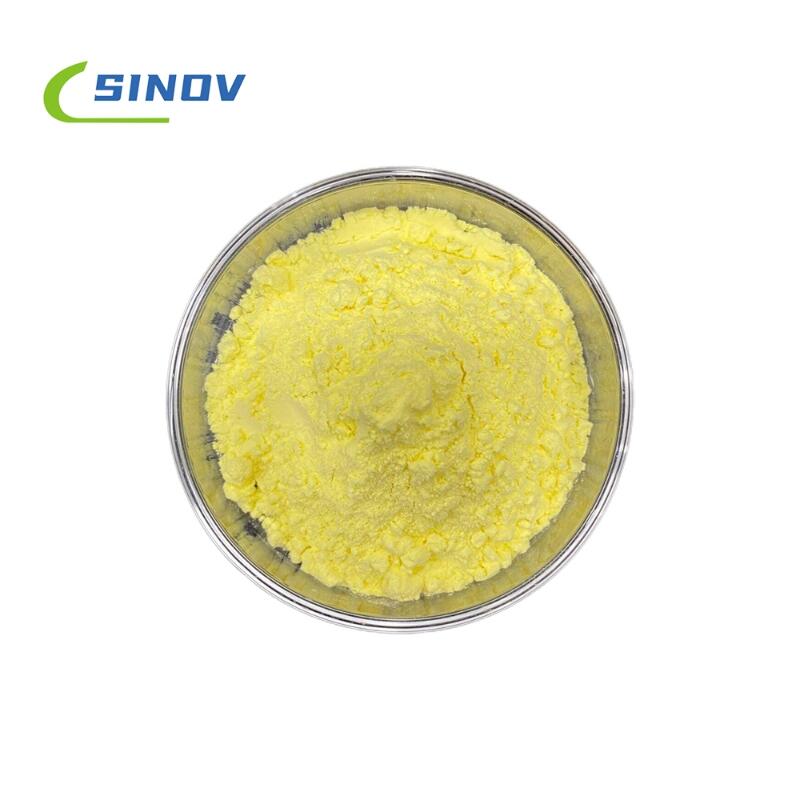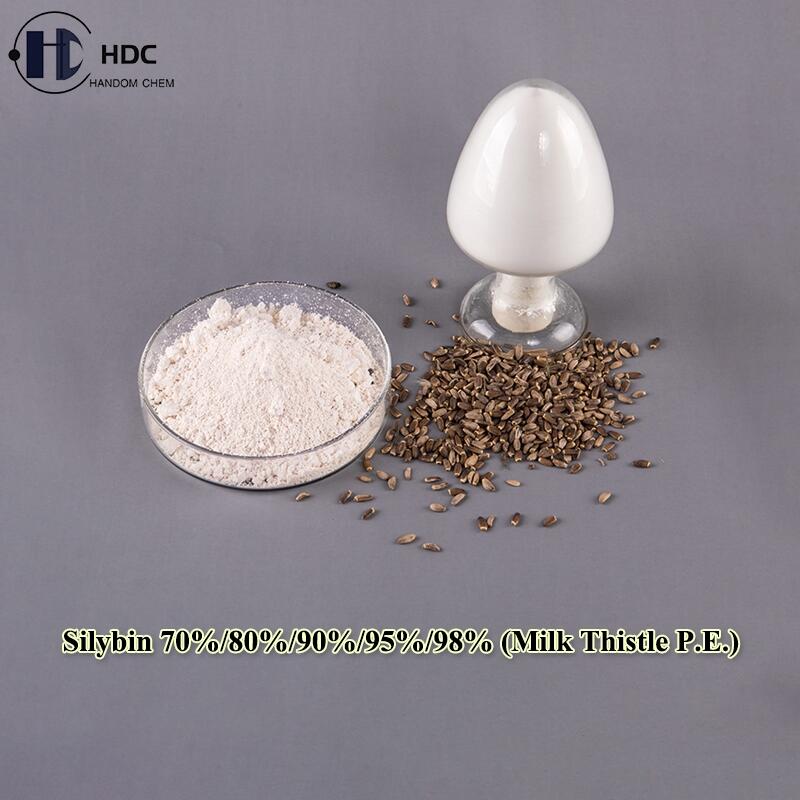-
Categories
-
Pharmaceutical Intermediates
-
Active Pharmaceutical Ingredients
-
Food Additives
- Industrial Coatings
- Agrochemicals
- Dyes and Pigments
- Surfactant
- Flavors and Fragrances
- Chemical Reagents
- Catalyst and Auxiliary
- Natural Products
- Inorganic Chemistry
-
Organic Chemistry
-
Biochemical Engineering
- Analytical Chemistry
-
Cosmetic Ingredient
- Water Treatment Chemical
-
Pharmaceutical Intermediates
Promotion
ECHEMI Mall
Wholesale
Weekly Price
Exhibition
News
-
Trade Service
a species of the genus Agrabyron Crastatum L. Perennity herbs. Also known as flat spike ice grass, barley grass. Good pasture for long life in arid and semi-arid areas. Widely distributed in the cold and arid grasslands of the Asian part of the former Soviet Union, china's northeast, northwest and north China are wild.must be developed roots, with short roots; stems erect, dredging type, base knee-shaped bending, spiked plant height 40-60cm, mature plant height 60-80cm; leaf-shaped needle-shaped, 7-15cm long , 0.4-0.7cm wide, with a smooth leaf back and dense hair on the leaf surface, a spiked flower sequence of 5-7cm, rectangular or slightly narrow at both ends, and a small spike with no handle, arranged tightly on both sides of the spike shaft, is toothed. Each flower sequence has 30-50 small spikes, each small spike 4-7 small flowers, the outerhas hair, the top often has short mango, generally strong 3 or 4 grains. Seeds weigh about 2g., drought-tolerant, suitable for arid and cold temper zone cultivation. It grows well in areas with annual rainfall of 230-380mm. The soil is adaptable, barren, salt-alkali-resistant, heat-resistant, and the growth stagnation and rust in hot summer areas are serious. Suitable for autumn or summer sowing, pre-planting need to fertilize the whole land, sowing capacity of 11-22 kg per hectare. Strip broadcast, line leading 20-30cm, broadcast depth of about 3cm, after broadcasting appropriate repression. The built grassland can be grown and used for more than 10 years. It is resistant to trampling and suitable for grazing, producing 1500-6000 kg of hay per hectare. Its dry matter contains
11.6
% protein, 3.0% crude fat, 34.1% crude fiber, 45.5% nitrogen-free leachate and 6.8% ash.






